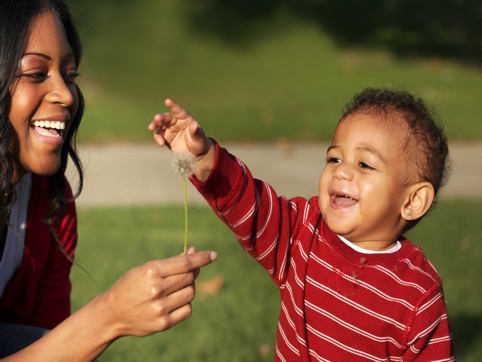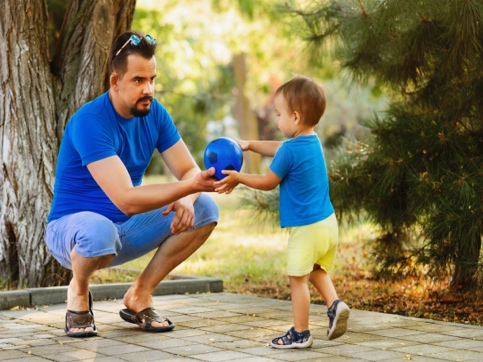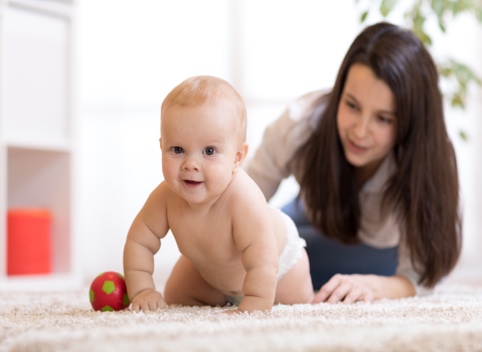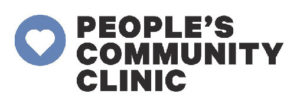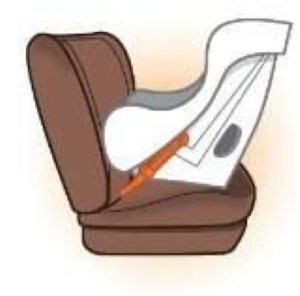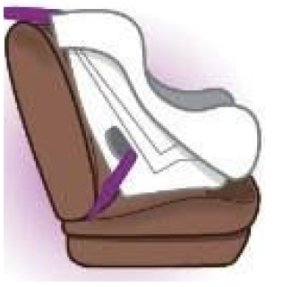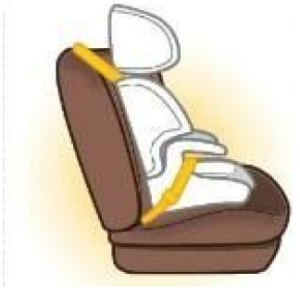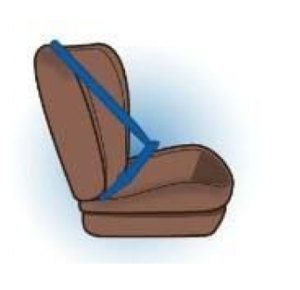POISON PREVENTION:
Step 1: Make your home poison proof
Step 2: Be careful with medicine
Step 3: Know the Poison Control Center number and call it!
You can call 24 hours a day, 365 days a year.
Poison Control Center: 1-800-222-1222
Make your Home Poison-Proof
Bedroom
- No medicine on the nightstand
- Keep perfume, lotions, cosmetics out of reach
Bathroom
- No cleaners under the sink
- Keep medicine, perfume, cosmetics, soap, hair products, mouthwash, and toothpaste out of reach
Kitchen and Living Area
- No household cleaners under sink or stored near food
- Keep vitamins out of reach
- Leave all products in their original containers
- Purses out of reach
- Alcoholic beverages out of reach
- No rat or insect poison in areas where children play
Laundry
- Keep bleach, detergent, and fabric softener out of reach
Garage and Outside
- Gasoline, paint, Turpentine, paint thinner, lighter fluid, bug sprays/powders, weed killers, fertilizers in a locked cabinet
- Car products out of reach
- Teach children not to eat mushrooms or toadstools growing in the yard
- Know the poisonous plants in your yard!
- If you treat your yard with pesticides, have children wait 24 hours to play outside
BE CAREFUL WITH MEDICINE
- Keep all medicine out of reach from children and in its original container
- Do not keep medicine in purses, or keep purses out of reach
- Do not call medicine “candy” or take medicine in front of children as they love to copy you.
- Use a measuring syringe or dropper given, do not guess
- Give the right amount by following written directions, call the pharmacist if unsure
- Make sure babysitters or caregivers have clear instructions for giving medicine
If your child has swallowed or come in contact with poison: Do not wait and call immediately!
Have the container when you call.
Do not have anyone throw up unless advised by the Poison Control Center

